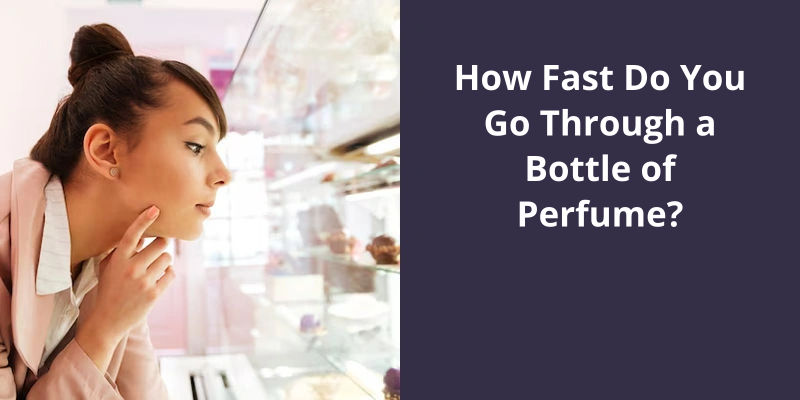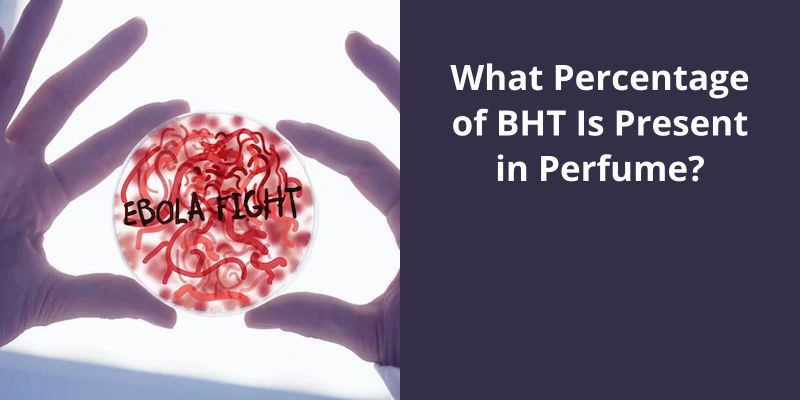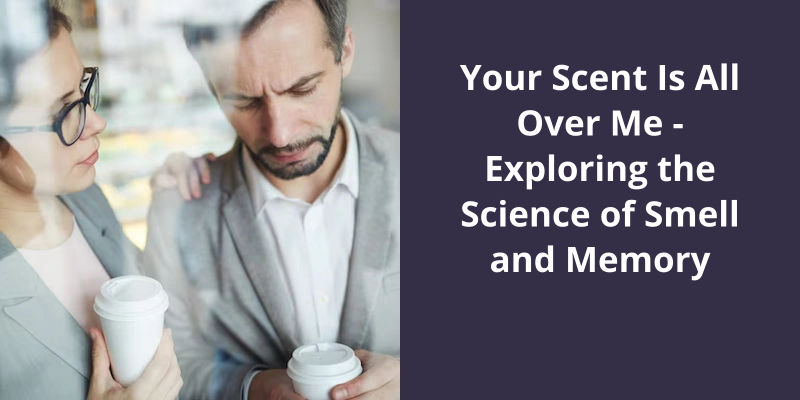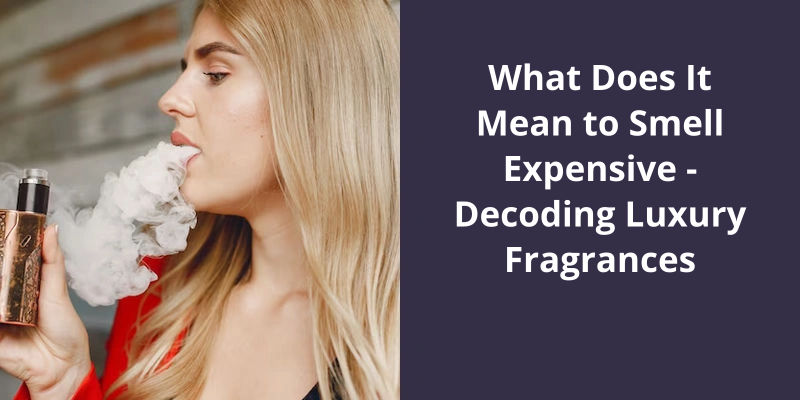The three stages of perfume are the top, middle, and base notes. The top note, also known as the headnote, is the initial smell that you get when you first apply the perfume. It’s usually made from light, volatile ingredients that evaporate quickly. After the top note dissipates, you start to smell the middle note, also known as the heart note. It forms the core of the perfume and lasts longer than the top note. The base note is the final stage that gives the perfume its lasting impression, emerging after the middle note and staying on your skin for hours.
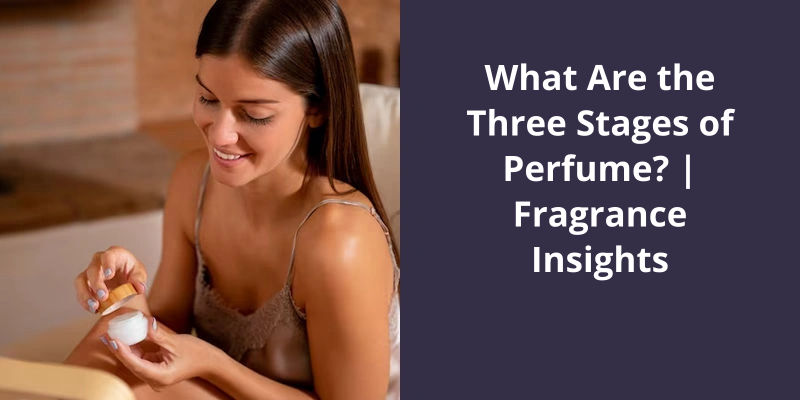
What Are the Three Components of Perfume?
The first component of perfume is the perfume oil, which is the key ingredient that gives a fragrance it’s unique scent. This oil can be derived from natural sources or created synthetically in a lab. Natural perfume oils are extracted from various botanical sources, such as flowers, fruits, leaves, and spices. These oils are obtained through methods like steam distillation or solvent extraction. Synthetic perfume oils, on the other hand, are created using a combination of chemicals to mimic the scents found in nature.
The second component of perfume is alcohol, which serves as the solvent for the perfume oil. It also acts as a carrier for the scent molecules, allowing them to disperse in the air and create the fragrance. Ethanol, or ethyl alcohol, is the most commonly used alcohol in perfumes due to it’s ability to dissolve both water-soluble and oil-soluble compounds.
The third component of perfume is water, which is added to the mixture to create the desired volume and consistency of the fragrance. Water helps to dilute the perfume oil and alcohol, making the scent less concentrated and allowing it to be sprayed or applied easily. Additionally, water can also enhance the overall composition of the fragrance, adding freshness and softness to the scent.
In addition to these three main components, perfumes may also contain additional ingredients such as preservatives, stabilizers, and colorants. Preservatives help to prolong the shelf life of the perfume by preventing the growth of bacteria and reducing oxidation. Stabilizers aid in maintaining the integrity of the fragrance, preventing it from separating or deteriorating over time. Colorants are used to give the perfume it’s desired hue and can range from natural dyes to synthetic pigments.
Together, these components form the foundation of every perfume, delivering a delightful sensory experience.
The top notes are the first scents that hit your nose when you spray the perfume, and they typically last for about 15 minutes. These include light and fresh aromas, such as citrus or floral scents. The heart notes are the main body of the fragrance and emerge after the top notes fade away. They’re more intense and can last for a couple of hours. Finally, the base notes are the foundation of the perfume and have the strongest and longest-lasting scent. They can be woody, musky, or amber-like, providing depth and richness to the overall composition.
What Is the Structure of Perfume?
What’s the structure of perfume? In luxury perfume composition, each scent is intricately layered above another to create an exquisite chorus. These layers are called notes, and fall into one of three categories: top, heart, and base notes. Each of the three signature categories form what’s referred to as the perfume pyramid.
The top notes are the initial scents that are perceived when the perfume is applied. They’re the most volatile and tend to evaporate the quickest. These fresh and vibrant notes are what greet your senses first, creating that immediate and enticing first impression. Examples of top notes include citrus fruits like bergamot or lemon, as well as refreshing herbs like lavender or mint.
As the initial top notes begin to fade away, the heart notes or middle notes become more prominent. These scents have a medium volatility and provide the main body of the fragrance. The heart notes form the core of the perfume, giving it depth and complexity. They often consist of floral or fruity scents, such as jasmine, rose, or peach. These notes can last for several hours after application and are what make up the true essence of the perfume.
Finally, the base notes serve as the foundation of the fragrance. They’re the longest-lasting and slowest to evaporate, providing a rich and lingering scent. These notes add depth and intensity to the perfume, binding all the other layers together. Common base notes include woody scents like sandalwood or patchouli, as well as musk or amber. As the fragrance dries down, the base notes become more pronounced and contribute to the overall lasting impression of the perfume.
Understanding the structure of perfume and the three stages of notes is essential in appreciating the artistry behind fragrance creation. The carefully crafted layers of top, heart, and base notes work together harmoniously to create a captivating olfactory experience. So, the next time you spray on your favorite perfume, take a moment to appreciate the intricate composition that makes it truly unique.
Perfume Ingredients: Discuss the Different Types of Ingredients Used in Perfume, Such as Essential Oils, Synthetic Compounds, and Animal-Derived Substances.
Perfume ingredients can be categorized into three main types: essential oils, synthetic compounds, and animal-derived substances.
Essential oils are natural plant extracts that give fragrance to perfumes. They’re extracted from flowers, leaves, stems, and other parts of plants.
Synthetic compounds, also known as aroma chemicals, are artificially created molecules that mimic natural scents. They’re often used to create specific fragrance notes or enhance the longevity of perfumes.
Animal-derived substances, such as musk or ambergris, were traditionally used in perfumes but are less common nowadays due to ethical concerns. These ingredients lend unique and complex aromas to fragrances.
By combining these different types of ingredients in various proportions, perfumers create the complex and multi-dimensional scents found in perfumes.
There are several layers involved in the classical method of perfume application. It starts with applying body milk or body cream, followed by talcum powder and shower gel. Deodorant is then applied, followed by an extract at the pulse points for personal scent. Lastly, the clothes are sprayed with either eau de toilette or eau de parfum for a lasting sillage that others will notice. This layering technique helps create a multi-dimensional and long-lasting fragrance experience.
What Are the Layers of Perfume?
Perfume is a complex art form that’s the ability to captivate our senses and evoke powerful emotions. One of the key elements in creating a beautiful and long-lasting fragrance is layering. This technique not only enhances the longevity of the scent, but also adds depth and complexity to the overall experience.
The classic layering technique in perfumery typically begins with a base layer of body milk or body cream. This moisturizing layer helps to hydrate the skin and acts as a canvas for the perfume to adhere to. It provides a soft and subtle base note that enhances the overall fragrance.
Talcum powder is often the next layer in the sequence. This silky powder serves to absorb excess moisture and provide a smooth and dry surface for the perfume to cling to. It also acts as a subtle scent base, adding a delicate touch of fragrance without overpowering the main perfume.
Following the talcum powder, a layer of shower gel is applied. This step not only cleanses the skin, but also provides an additional layer of fragrance. The scented shower gel helps to reinforce the aroma of the perfume, creating a harmonious blend and prolonging the overall scent experience.
Deodorant is the next essential layer in this process. In addition to it’s primary function of keeping us fresh and odor-free, the scented deodorant provides an extra touch of fragrance. It ensures that the perfumes scent lingers throughout the day, even in areas where it may fade more quickly.
The next stage in layering perfume is the application of the perfume extract to the pulse points. These areas include the wrists, neck, and behind the ears. The extracts are highly concentrated and offer a rich, long-lasting scent that lingers close to the skin. This layer is often referred to as the “scent for yourself,” as it’s meant to be enjoyed primarily by the wearer.
Finally, the outer layer consists of eau de toilette or eau de parfum, which is sprayed onto clothing rather than directly on the skin. This allows the fragrance to disperse more widely and creates a lingering trail of scent as you move.
By following this classic layering technique, you can create a multi-dimensional perfume experience that lasts throughout the day. So go ahead, embrace the art of layering and let your perfume tell a story that unfolds throughout the day.
Creating a perfume is a complex and delicate process that requires careful attention to detail. From carefully selecting the ingredients to extracting the oils, each step plays a crucial role in crafting the perfect scent. With a combination of artistry and chemistry, perfumers work tirelessly to ensure that each fragrance is of the highest quality. Whether it’s blending the oils, allowing them to age, or conducting meticulous quality control checks, the perfume manufacturing process is a laborious and precise endeavor.
What Are the Processes of Perfume?
Creating a perfume is a intricate and multi-step process, much like crafting a fine piece of art. It all begins with the collection of ingredients, which can range from flowers and fruits to woods and spices. Each ingredient is carefully selected for it’s specific scent profile and desired effect on the final fragrance. The process of gathering these ingredients can be quite labor-intensive, often involving meticulous harvesting and extraction techniques to preserve the natural essence of the botanicals.
Once the ingredients are collected, the next step is to extract the valuable oils that will form the foundation of the perfume. This is typically done through various methods such as solvent extraction, steam distillation, or enfleurage. Each extraction technique yields different results and captures the desired aromatic compounds in unique ways. Solvent extraction, for example, involves using a solvent like petroleum ether or hexane to dissolve the essential oils from the raw materials.
After the oils have been extracted, the perfumer embarks on the blending phase, which is where the true artistry comes into play. They meticulously combine and balance the different oils, carefully layering each note to create a harmonious and multidimensional fragrance. This step requires both a keen understanding of scent composition and an intuitive nose for detecting subtle nuances and harmonies.
Once the blending is complete, the perfume undergoes a period of aging, during which the fragrance matures and it’s various components meld together. This process can take anywhere from a few weeks to several months, depending on the complexity of the fragrance. During this time, the perfumes scent profile may evolve and develop, further enhancing it’s depth and complexity.
Finally, the perfume undergoes a rigorous quality control process to ensure that it meets the highest standards of excellence. This involves testing the scent on various skin types, evaluating it’s longevity and sillage, and making any necessary adjustments or refinements. Only after passing this stringent quality control process is the perfume ready for packaging and distribution to eager fragrance enthusiasts around the world.
The Role of Fragrance in Culture: Discuss How Perfume Is Used in Different Societies and It’s Significance in Rituals and Traditions.
- The use of fragrance in culture is widespread and holds great significance in various societies.
- Perfume is utilized in rituals and traditions across different communities, symbolizing different meanings and beliefs.
- In certain cultures, fragrance plays a role in religious ceremonies, such as anointing oils used in sacred rituals.
- Perfumes are also employed in cultural celebrations and festivals, serving as a means of honoring traditions and creating a sensory experience.
- In some societies, specific scents are associated with particular occasions or stages of life, such as weddings, births, or funerals.
- Additionally, fragrance can be used to express personal identity, social status, or enhance attractiveness.
- Perfume has been documented throughout history, revealing the long-standing importance of scent in cultural practices.
- Moreover, the trade and production of fragrances have contributed to global exchange and cultural fusion over centuries.
- Understanding the role of fragrance in culture provides insights into the complexity and diversity of human societies.
In addition to the commonly used ingredients like benzyl alcohol and acetone, there are several other compounds that contribute to the unique fragrance of perfumes. However, it’s important to note that certain synthetic musks and phthalates, commonly used in perfumes, have raised concerns regarding their potential health hazards.
What Are the Main Ingredients of Perfume?
Perfume is a complex blend of various ingredients that come together to create a unique and desirable fragrance. The main ingredients found in perfume can vary, but there are some common components that can be found in most perfumes.
One of the main ingredients in perfume is benzyl alcohol. This compound not only acts as a preservative, but also adds a pleasant floral scent to the fragrance. Acetone is another common ingredient, often used as a solvent that helps to dissolve other ingredients and create a smooth and stable perfume formula.
Linalool is a natural compound found in many flowers and spices, such as lavender and cinnamon. It adds a fresh and floral note to the perfume, creating a more complex and appealing fragrance. Ethanol is a key ingredient in perfume, as it acts as a solvent for other ingredients and also helps to disperse the fragrance when applied to the skin.
Ethyl acetate is another important ingredient found in perfume. It’s a solvent that helps to dissolve other ingredients and create a balanced and harmonious fragrance. Benzaldehyde, on the other hand, is a sweet and almond-like compound that adds a unique and memorable scent to the perfume.
Camphor is a natural compound that’s often used in perfume for it’s fresh and cooling scent. Formaldehyde and methylene chloride are often used as solvents in perfume, helping to dissolve other ingredients and create a stable and long-lasting fragrance.
Finally, limonene is a natural compound found in citrus fruits, such as lemons and oranges. Synthetic musks and phthalates are also commonly used in perfumes, but they’ve been identified as potentially hazardous compounds with potential health risks.
These ingredients, such as benzyl alcohol, acetone, linalool, ethanol, ethyl acetate, benzaldehyde, camphor, formaldehyde, methylene chloride, and limonene, come together to create a unique and desirable scent.
Perfume formulation involves a careful blend of natural ingredients, such as plants, fruits, woods, and even animal secretions, to extract scented oils. However, the manufacturing process often incorporates additional resources like alcohol, coal, tars, and petrochemicals to enhance the perfume oil’s composition. This delicate equilibrium ensures a wide range of fragrances that cater to diverse preferences and create unique olfactory experiences.
What Is the General Formulation of Perfumes?
The general formulation of perfumes is a complex and intricate process that involves the extraction of scented oils from a wide range of natural ingredients. These ingredients can vary from plants and fruits to woods and even animal secretions. Each ingredient possesses distinct aromatic properties that contribute to the overall composition of the perfume.
The extraction of scented oils from natural ingredients involves several methods, including distillation, expression, and enfleurage. Distillation is a commonly used technique where steam is used to separate the aromatic compounds from the plant material. Expression, on the other hand, involves squeezing or pressing the oils out of citrus fruits like oranges or lemons. Enfleurage is a traditional method that utilizes fats or oils to absorb the fragrance from flowers.
While natural ingredients form the base of perfumes, other resources like alcohol, coal, tars, and petrochemicals play a significant role in the manufacturing process to create perfume oil. Alcohol, specifically ethanol, is commonly used as a solvent to dissolve and dilute the fragrance oils. It allows for easy application and evaporation on the skin.
Coal, tars, and petrochemicals are often utilized to create synthetic fragrance compounds that mimic the scents of natural ingredients. These synthetic compounds are crucial for producing consistent and long-lasting fragrances. They can be further processed and combined with natural ingredients to achieve the desired aroma.
Perfume formulation requires a delicate balance and precise measurements of each ingredient to create a harmonious blend. Perfumers, also known as “noses,” are highly skilled professionals who experiment with various ingredients to create unique and captivating scents. The three stages of perfume creation include top notes, middle notes, and base notes. These stages are meticulously crafted to ensure the scent evolves over time, revealing different facets and complexities.
Source: Perfume – Wikipedia
Conclusion
This stage quickly dissipates, making way for the long-lasting heart note, which remains noticeable for hours. Finally, we’ve the base note, which lingers on the skin for the longest period, lasting several hours to days. These stages work together to create a complex and evolving scent experience, allowing perfumes to tell a story from the first spritz to the lingering traces left behind. Understanding and appreciating the journey of a perfume's three stages adds depth and appreciation to the art of fragrance.


